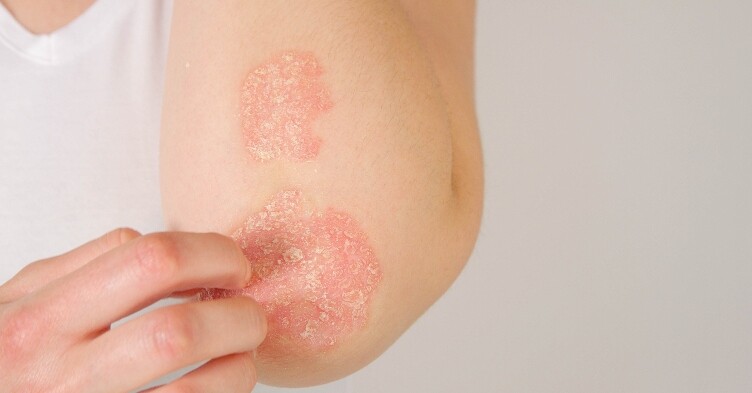New material could promote wound healing for diabetes patients

A new wound healing material discovered by scientists at the University of Nottingham could be ‘transformative’ for patients with hard-to-treat diabetic wounds, healing wounds much faster than current treatments.
The material, a new class of polymer, can provide instructions to both immune and non-immune cells to aid healing, making treatment low-cost and effective and allowing wounds to heal with one application.
Related Article: Call for regulatory guidelines as NHS adopts AI in dermatology care
The findings have been published in Advanced Materials.
Several complex biological processes and various cell types are involved in wound healing, but these cell processes can be disrupted in diabetes patients. Fibroblasts cells, which make collagen and extracellular matrix, play a critical role in forming new tissue required for healing. When the function of these cells is impaired, wound healing is slow and harder to treat, which can lead to infection and, in extreme cases, amputation.
Polymers offer a potential treatment for wound healing because they are made of molecules bonded together in long repeating chains, and their structure can be tailored to different uses.
Experts from the School Life Sciences and Pharmacy screened 315 different polymer surfaces, examining the different chemical makeup of each until they identified a polymer type that actively drives fibroblasts and immune cells to promote healing. They teamed up with experts from the School of Engineering at Nottingham, who could adhere the polymer to small particles that could be applied directly to the wound.
Related Article: Abdominal body fat is a higher risk for developing psoriasis
When the polymer was applied to a wound on an animal model, it enabled faster wound healing by producing three times more fibroblast activity over four days and achieved 80% more wound closure.
Professor Amir Ghaemmaghami, from the School of Life Sciences at the University of Nottingham, said: ‘This research is a significant step towards being able to create a new, low cost, effective treatment for diabetic wounds. The results we saw were achieved in just one application, which could be transformative for patients whose current treatment often involves repeated treatments delivered by trained health professionals.’
The new polymer could be applied to standard wound dressings as a coating, providing fast and effective treatment.
Related Article: CPD: Case by case – acute and emergency dermatology presentations
Professor Morgan Alexander from the School of Pharmacy at the University of Nottingham added: ‘These polymers also have the potential to be easily applied to dressings, and we are already working with industry partners to develop ways to help wound healing in this way.’

See how our symptom tool can help you make better sense of patient presentations
Click here to search a symptom




